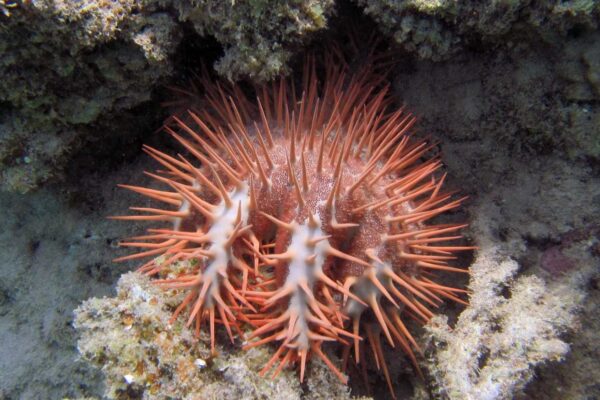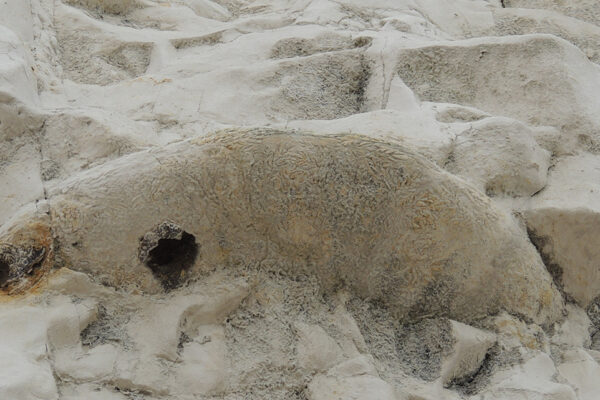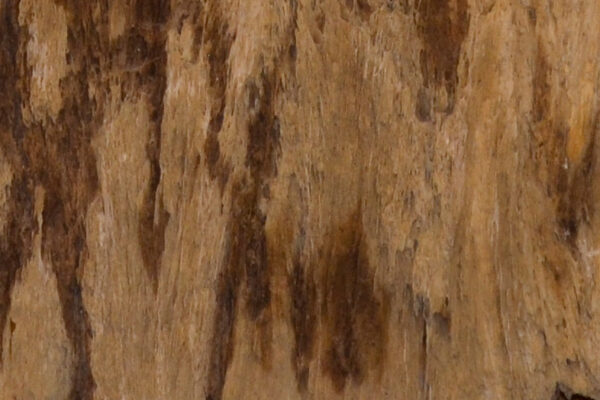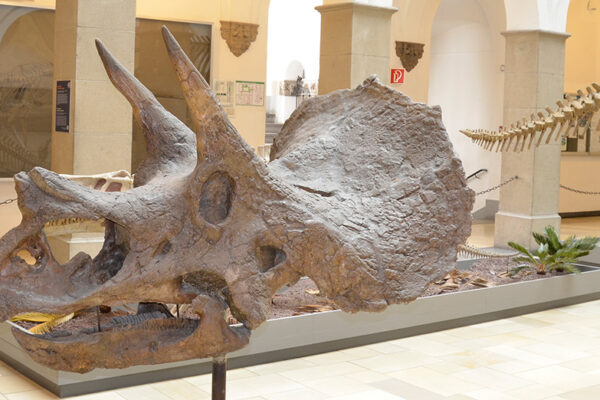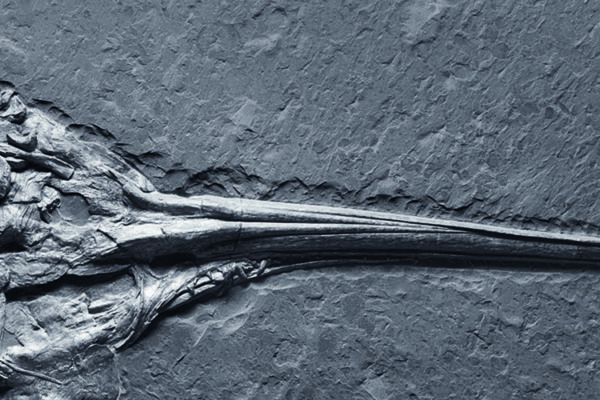Welche Sammlungen gibt es bei den SNSB?
Jede Sammlung der SNSB heißt: Staats-Sammlung.
Das bedeutet: Die Sammlungen gehören dem Bundes-Land Bayern
Ihr Zweck ist es, Natur-Objekte für das bayerische Volk zu bewahren, zu pflegen und durch neue Natur-Objekte zu ergänzen.
Bei den SNSB gibt es 6 verschiedene Staats-Sammlungen.
Aus unterschiedlichen Fach-Bereichen.
Die Fach-Bereiche haben schwierige Namen.
Zum Beispiel:
Bayerische Staats-Sammlung für Paläontologie und Geologie
Im Fach-Bereich Paläontologie beschäftigt man sich mit dem Leben auf der Erde vor sehr langer Zeit. Lange bevor Menschen auf der Erde gelebt haben.
Die Forscher sammeln und untersuchen dafür Fossilien.
Das sind Skelette oder versteinerte Tiere oder Pflanzen.
Die Forscher untersuchen oft Lebe-Wesen, die schon ausgestorben sind.
Ausgestorbene Lebe-Wesen leben heute nicht mehr.
Zum Beispiel: Dinosaurier
Der Fach-Bereich Geologie beschäftigt sich mit dem Aufbau der Erde.
Die Forscher untersuchen und sammeln dafür Steine.
Zur Bayerischen Staatssammlung für Paläontologie und Geologie gehören auch 2 Museen.
Besucher können in den Museen Fossilien und Steine ansehen.


